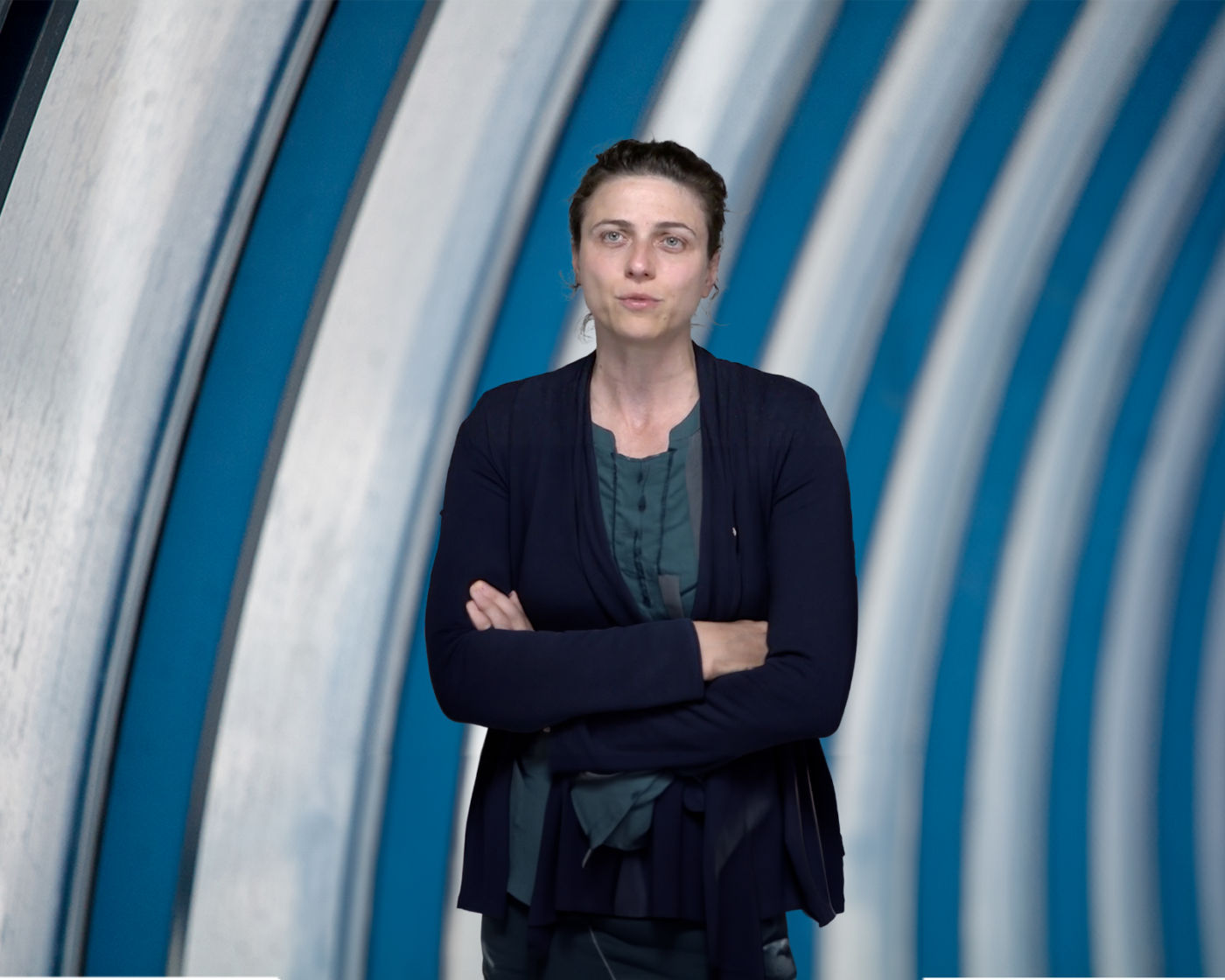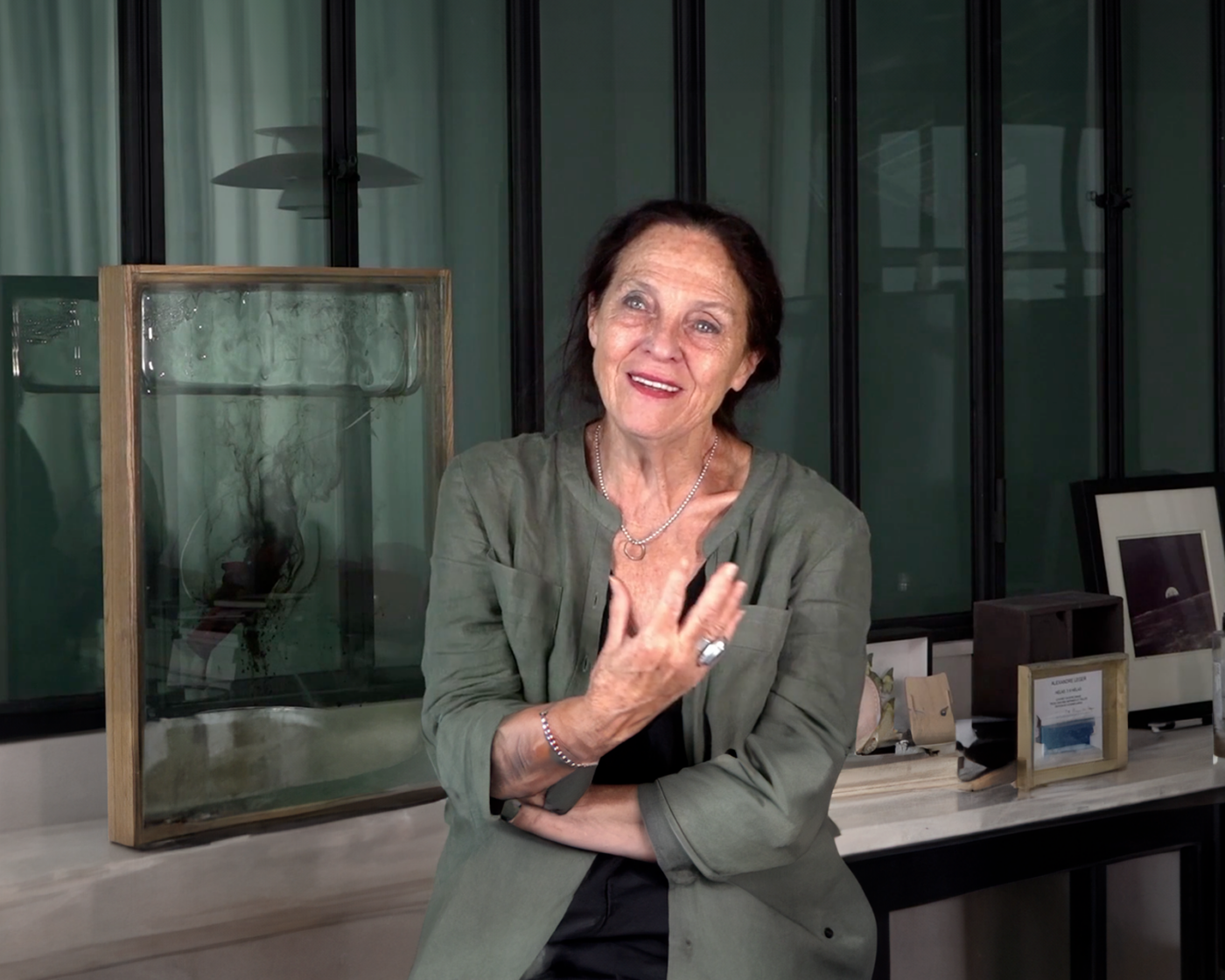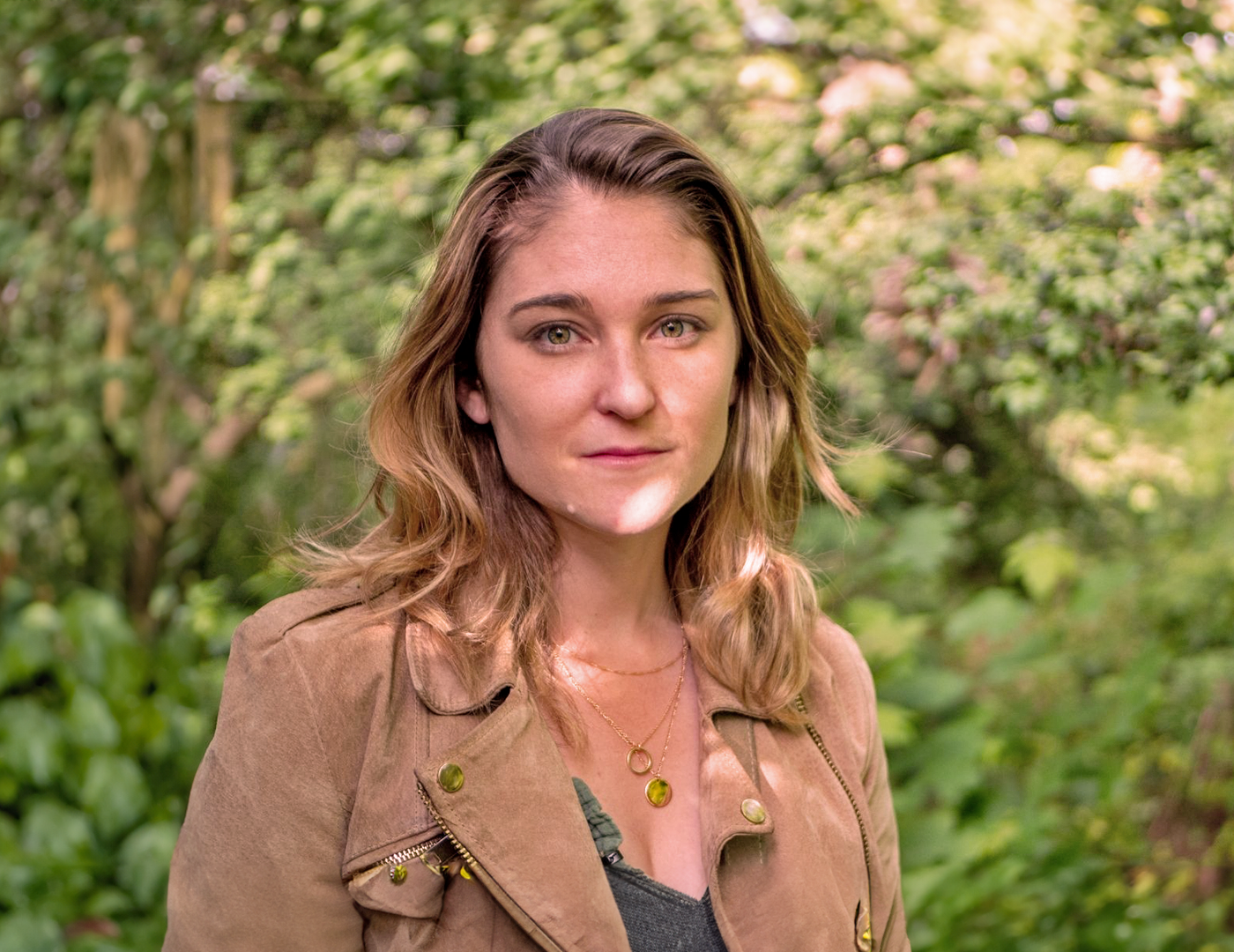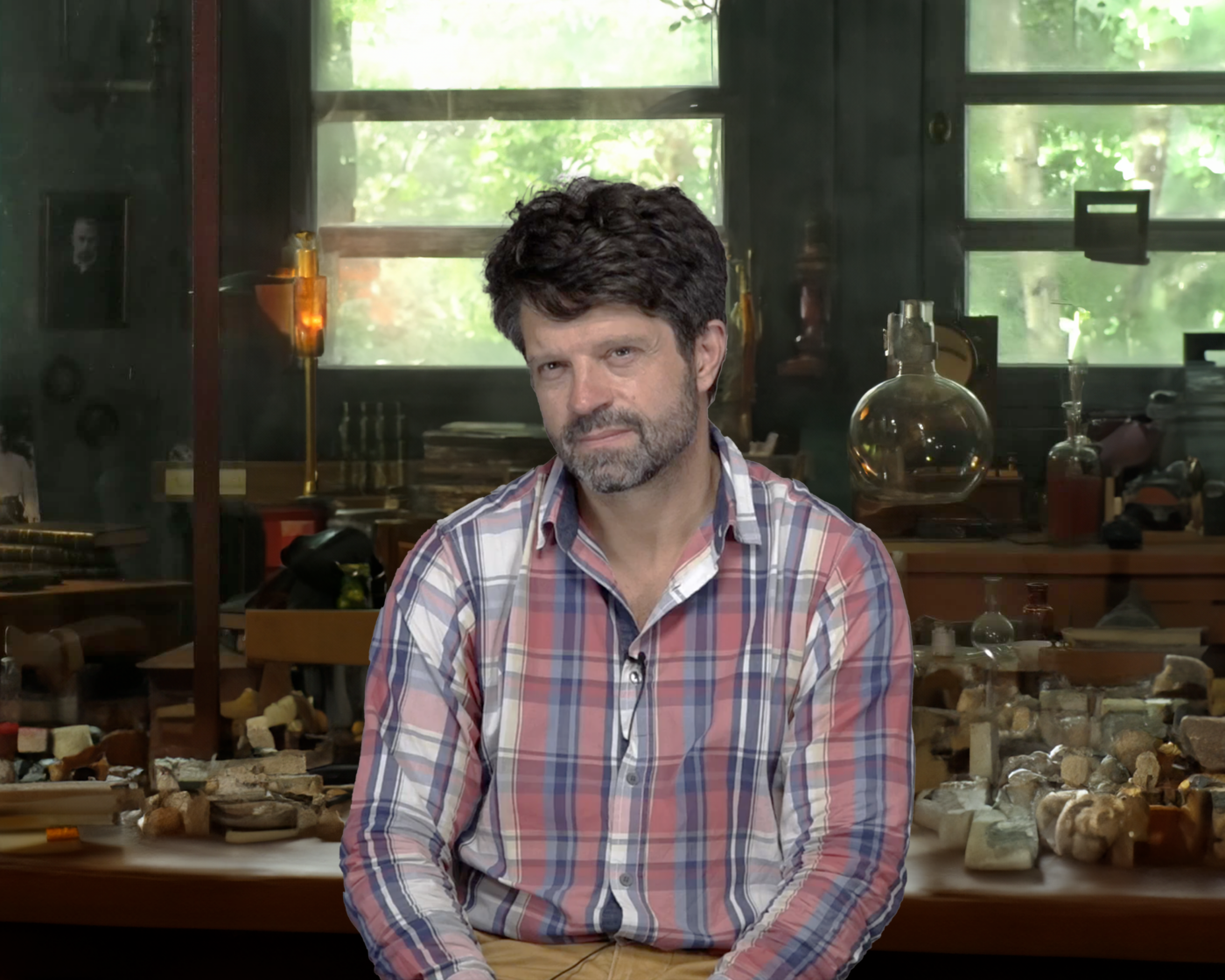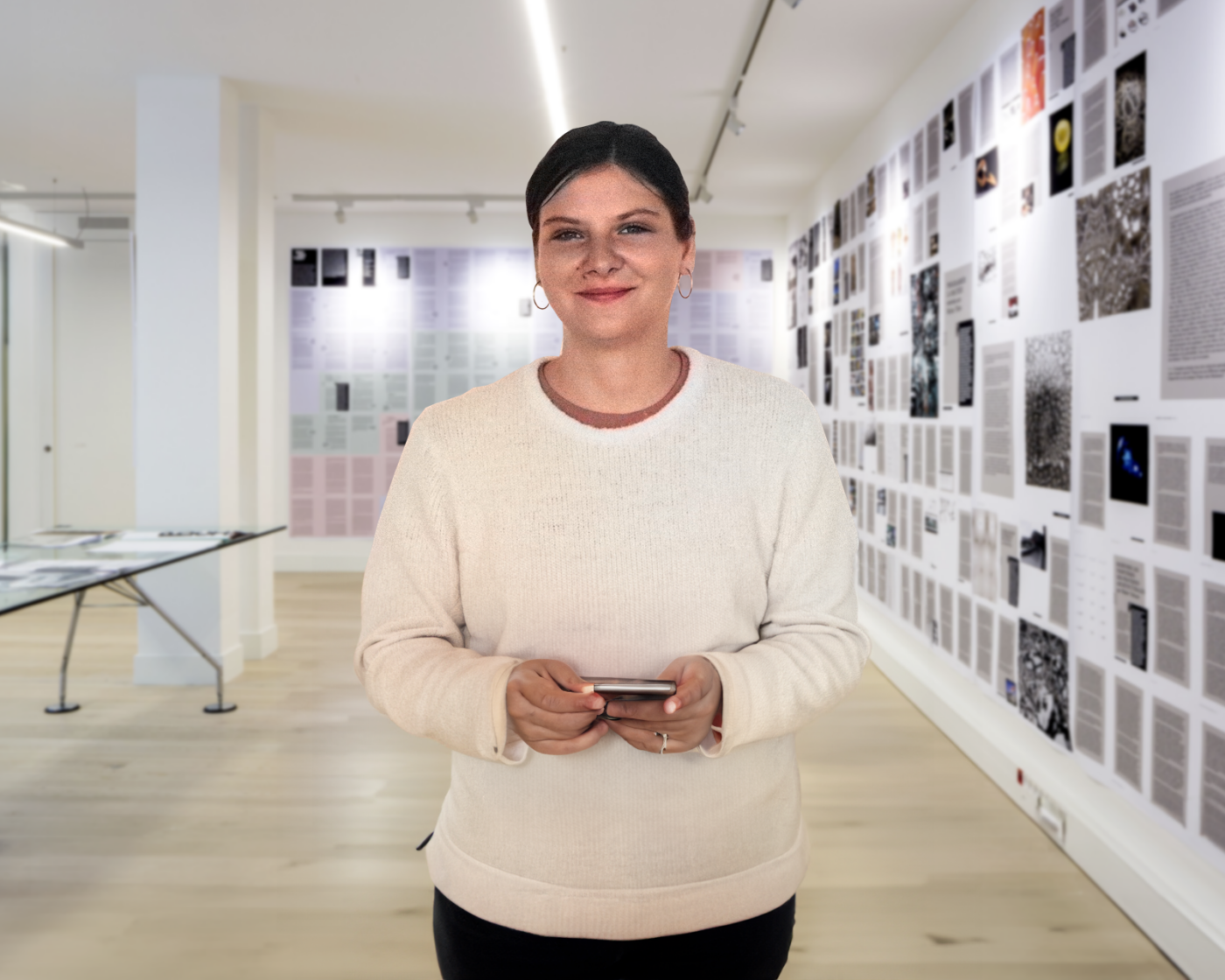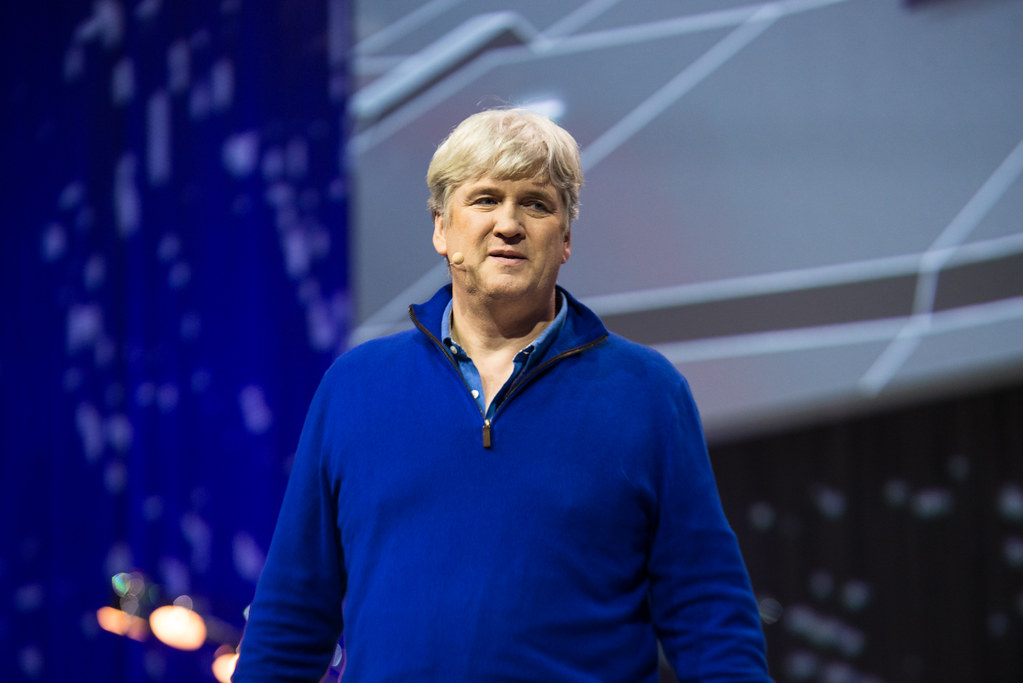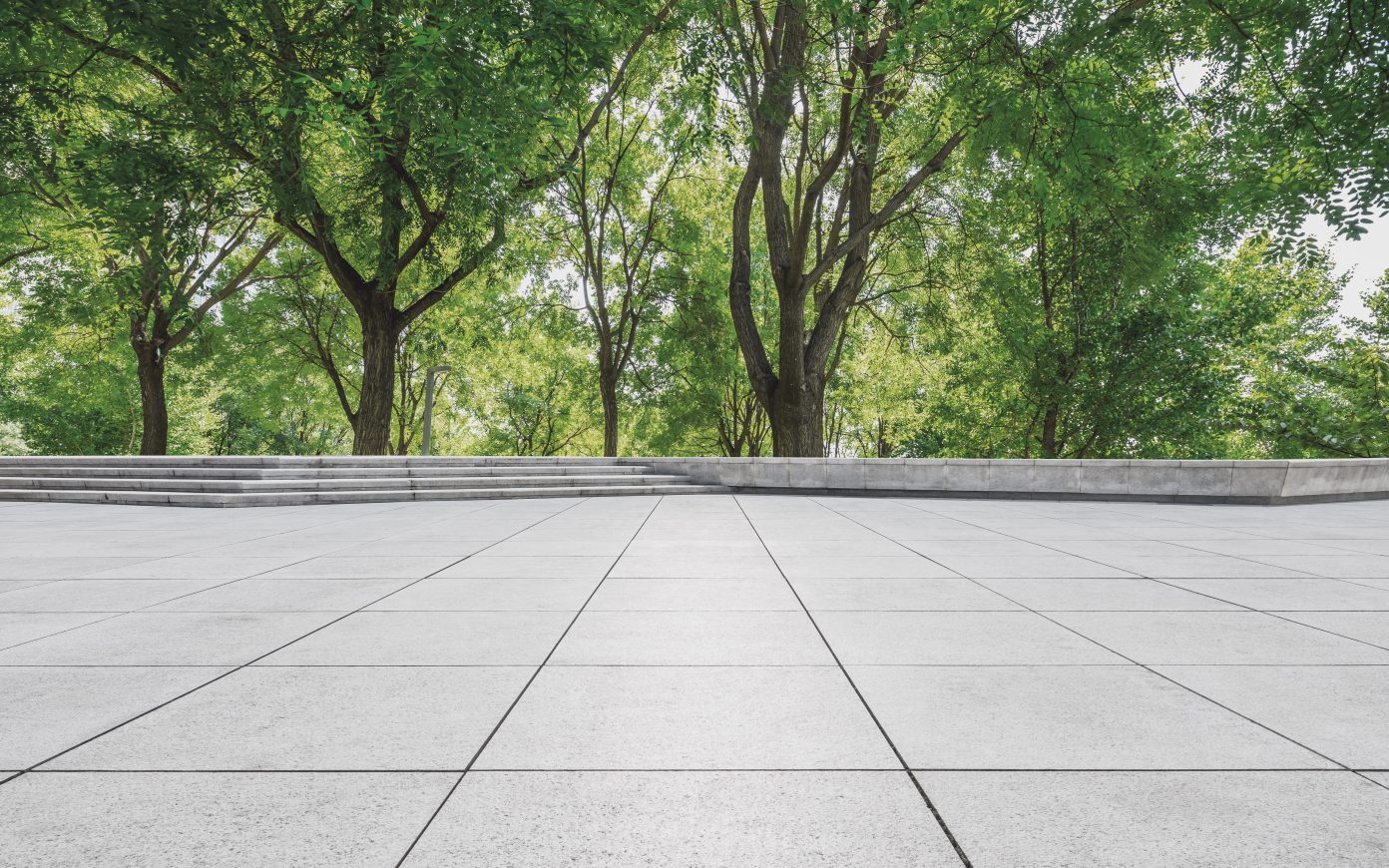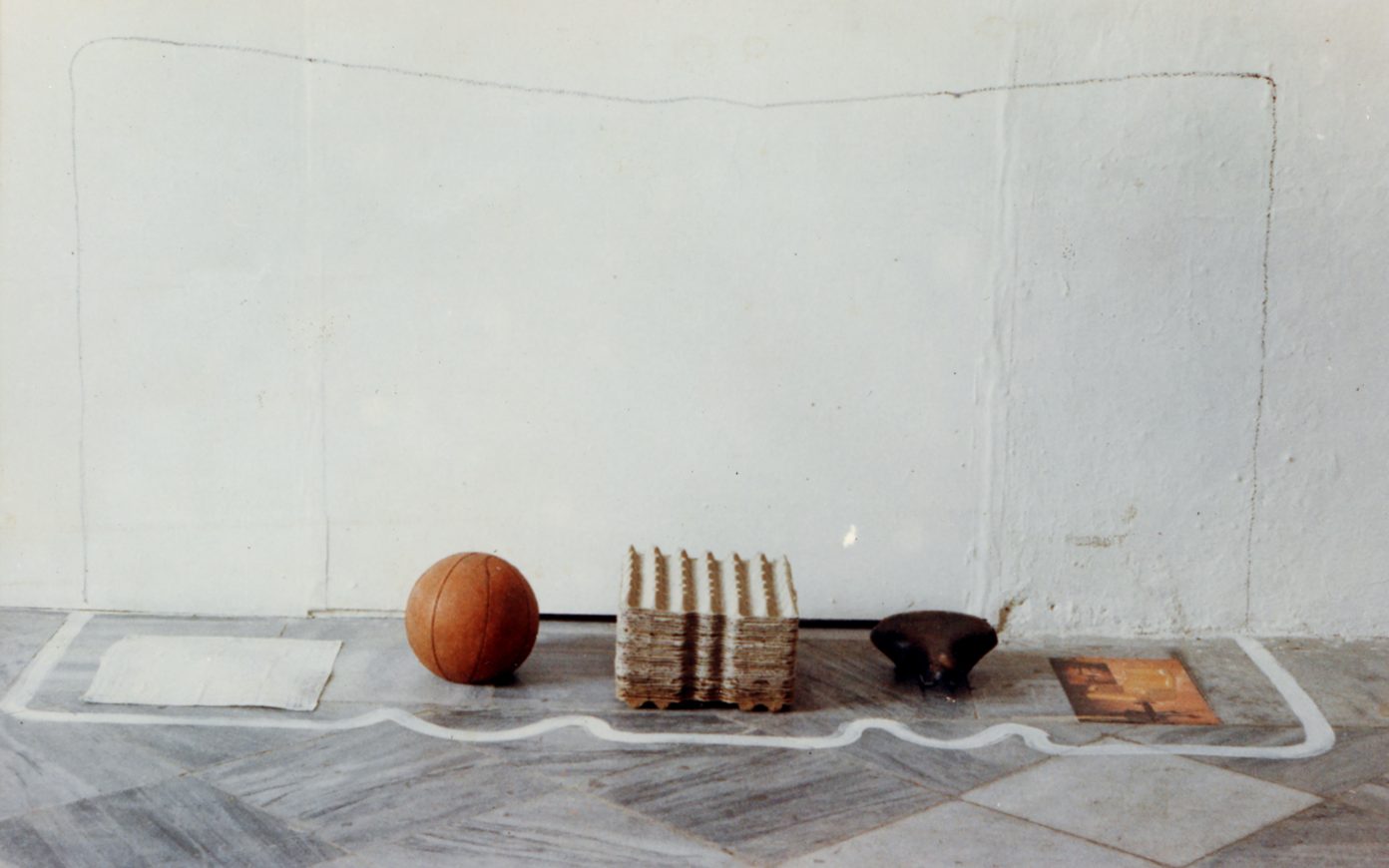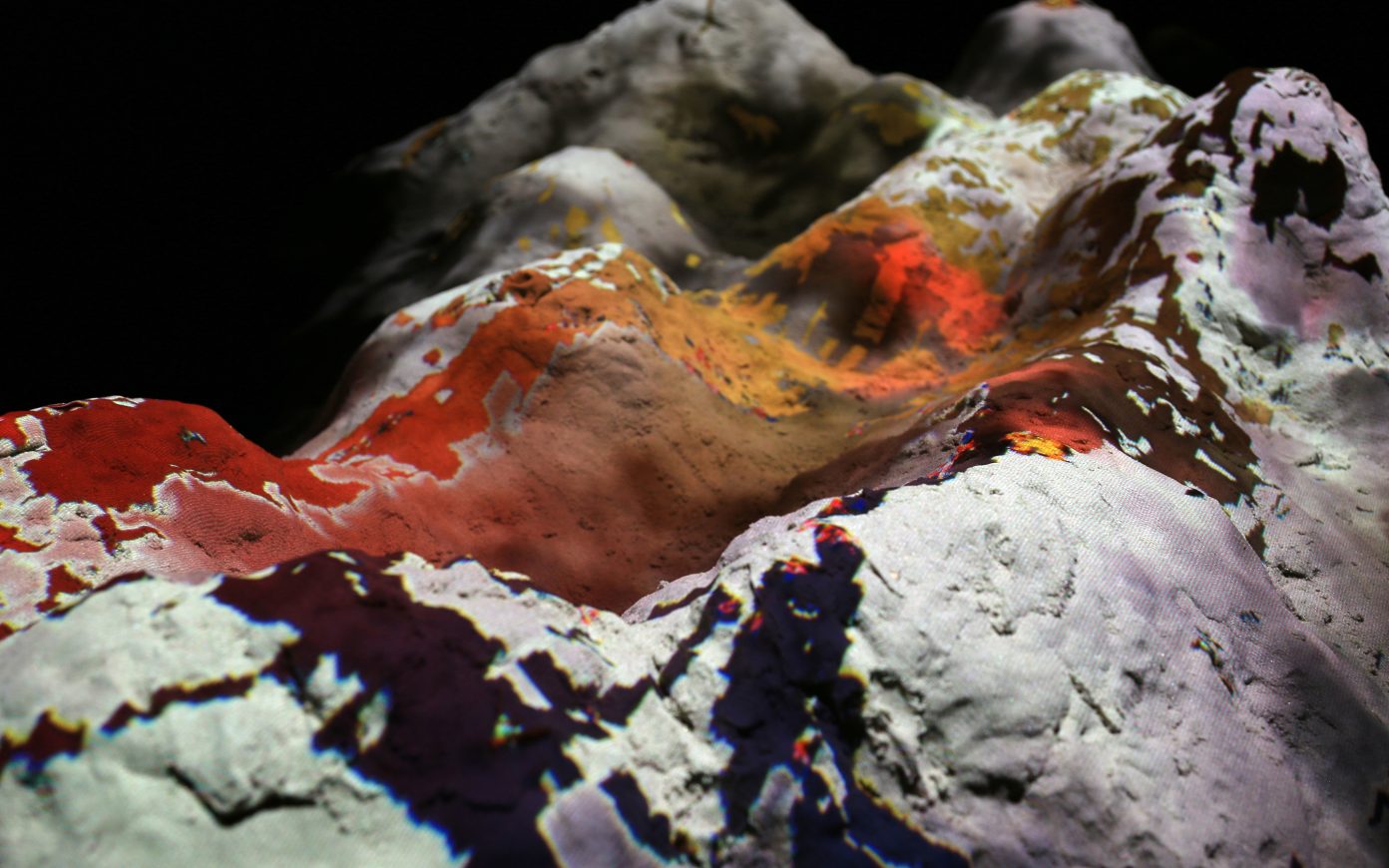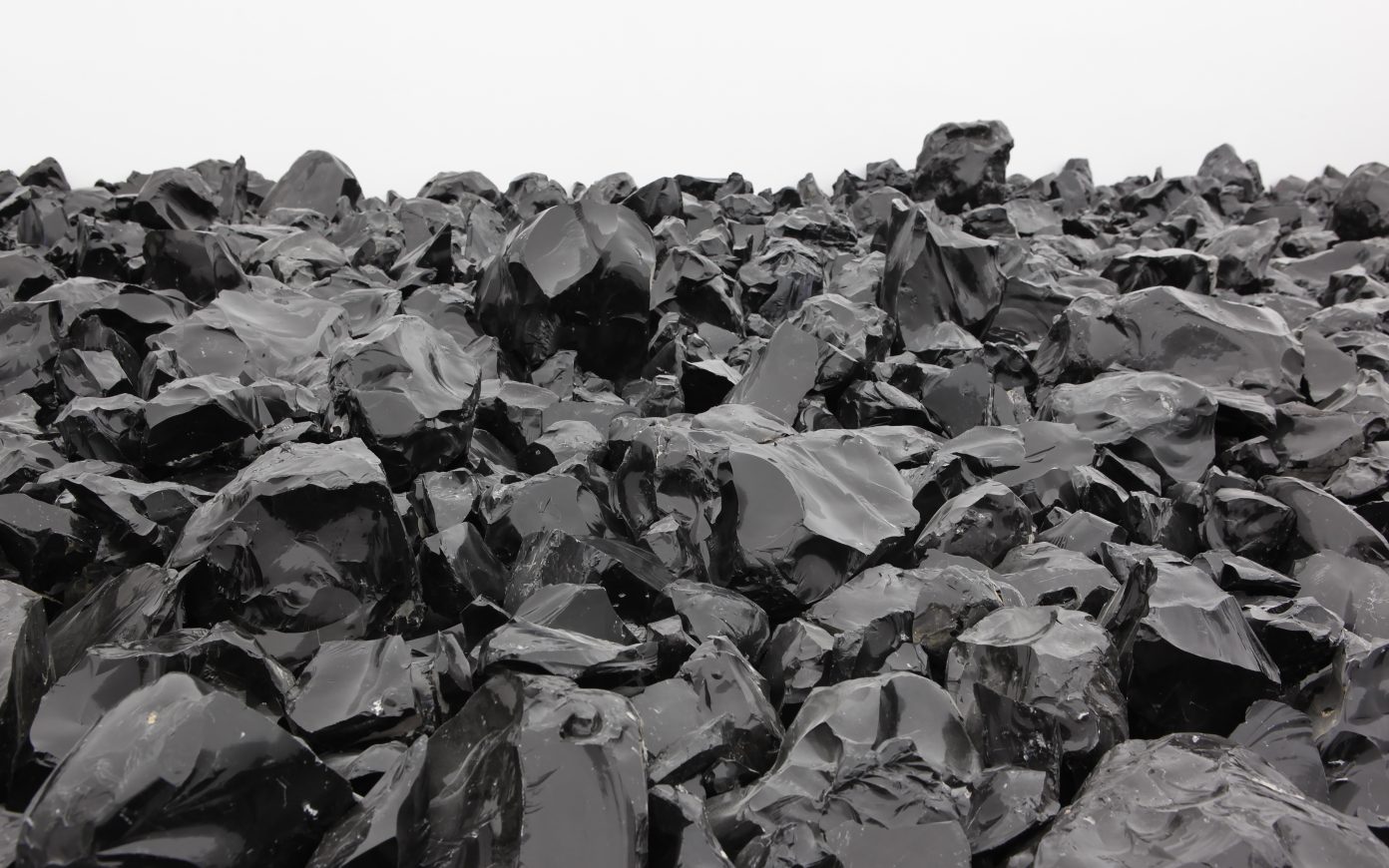Paving the way for the future through biomimicry
Kalina Raskin is the head of Ceebios, the Center for Studies and Expertise in Biomimicry. Her ambition is to accelerate the R&D in biomimicry in France and turn it into an efficient driver of the ecological transition, reconciling biodiversity, innovation, and the economy.
